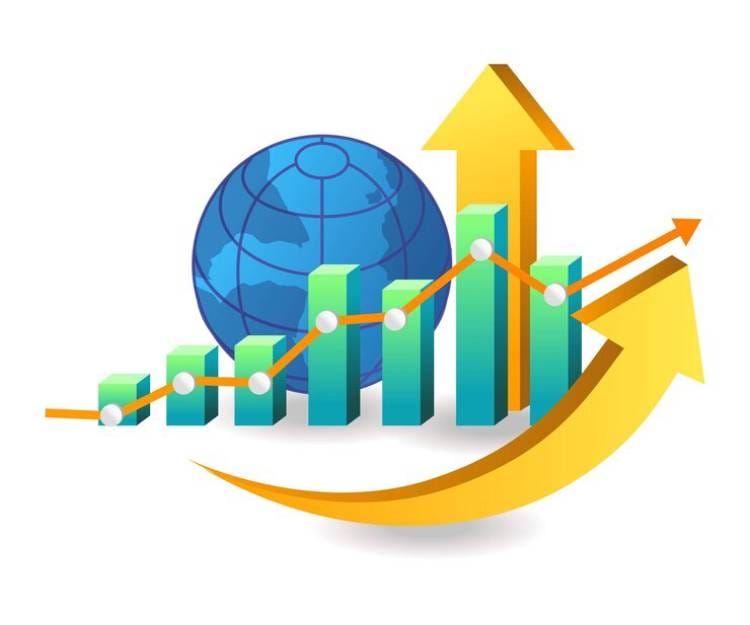In the dynamic world of finance and business, staying abreast of economic indicators is crucial for informed decision-making. This fast-track guide provides concise insights into key economic indicators, allowing you to navigate the economic landscape efficiently. Let’s explore the essential indicators that can offer a snapshot of financial health and guide strategic choices.
Gross Domestic Product (GDP):
GDP is a foundational indicator that measures the total value of goods and services produced within a country. It reflects the economic health and growth trajectory. A rising GDP generally indicates a robust economy, while a decline may signal contraction. Track GDP to understand the overall economic performance.
Unemployment Rate:
The unemployment rate reveals the percentage of the labor force without a job. A high unemployment rate can indicate economic distress, while a low rate may suggest a strong job market. Keep an eye on this indicator to gauge the employment landscape and potential shifts in consumer spending.
Consumer Price Index (CPI):
CPI measures changes in the prices consumers pay for a basket of goods and services. It helps assess inflationary pressures. A steady increase in CPI suggests moderate inflation, while rapid spikes may signal potential economic challenges. Monitoring CPI aids in anticipating changes in purchasing power.
Producer Price Index (PPI):
PPI gauges the average changes in selling prices received by domestic producers for their output. It serves as an early indicator of inflationary pressures in the production pipeline. A rise in PPI may foreshadow future increases in consumer prices.
Purchasing Managers’ Index (PMI):
PMI provides insights into the health of the manufacturing sector. A PMI above 50 indicates expansion, while a reading below 50 suggests contraction. Track PMI to gauge the momentum of economic activity in the manufacturing industry.
Housing Starts:
Housing starts measure the number of new residential construction projects. It is a key indicator of economic health, reflecting consumer confidence and investment in the real estate sector. Rising housing starts often correlate with a growing economy.
Retail Sales:
Retail sales data offer a snapshot of consumer spending, a vital component of economic activity. An increase in retail sales suggests a healthy economy, while a decline may indicate economic challenges. Monitor retail sales for insights into consumer behavior.
Stock Market Performance:
While not a direct economic indicator, stock market performance reflects investor sentiment and can influence economic trends. Observe significant indices like the Dow Jones Industrial Average and the S&P 500 for indications of market confidence.
To search for more information on our site, use the search box in the page’s upper right corner. Simply type in the topic or keyword you’re interested in and press enter. This will yield a list of related articles and resources on our site. Utilizing the site search can help you quickly locate relevant information and deepen your understanding of economic indicators.
In the fast-paced world of finance, a quick understanding of key economic indicators is essential for making informed decisions. Keep a close watch on GDP, unemployment rates, CPI, PPI, PMI, housing starts, retail sales, and stock market performance. These indicators collectively provide a comprehensive view of economic health, guiding businesses, policymakers, and investors in navigating the complexities of the financial landscape. Stay agile, stay informed, and make strategic moves based on these fast-track insights.
